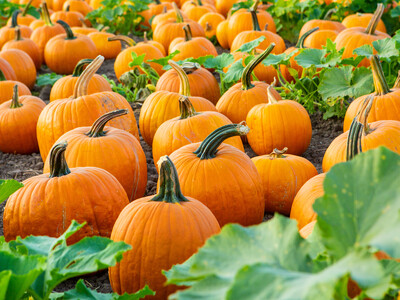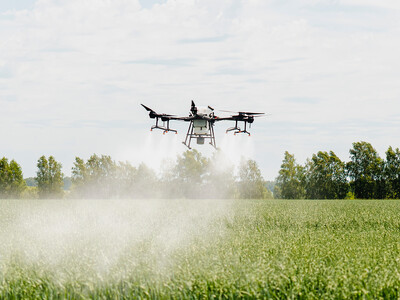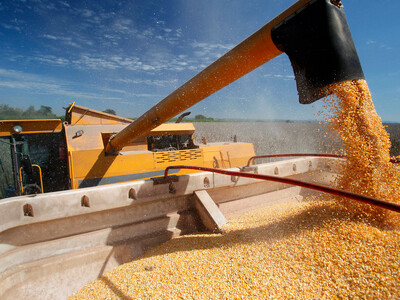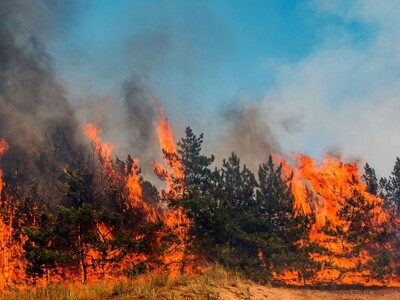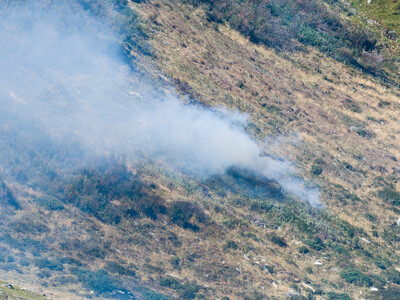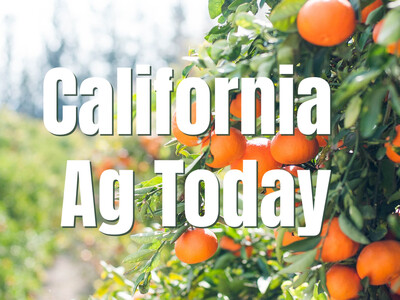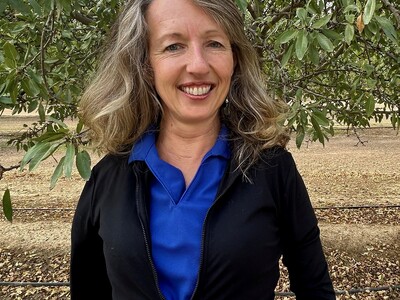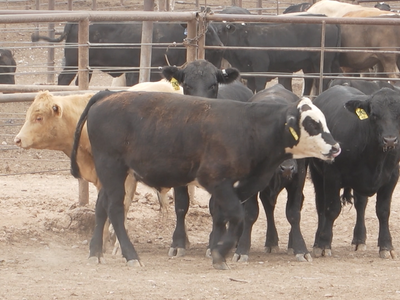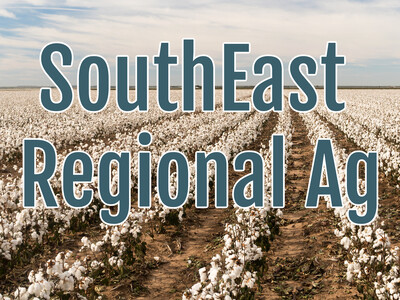Virtual fence and wildfire 1
Cattle grazing with virtual fencing shows potential to create wildfire fuel breaks, study finds
The use of virtual fencing to manage cattle grazing on sagebrush rangelands has the potential to create fuel breaks needed to help fight wildfires, a recent Oregon State University and U.S. Department of Agriculture-Agricultural Research Service study found.
Virtual fencing involves placing collars on livestock. The collars communicate with GPS and reception towers to form a virtual fence set by the rancher. Auditory stimuli emit from the collar when the livestock reach the limit of the virtual fence and they receive a benign shock if they pass the fence limit.
“We’re seeing the challenge related to wildfires that land managers, particularly on public lands, are facing in the western U.S.,” said David Bohnert, director of Oregon State’s Eastern Oregon Agricultural Research Center in Burns. “They just don’t have the tools to manage those public lands in a way that is timely, particularly related to wildfire. This new study should help begin to change that.”




